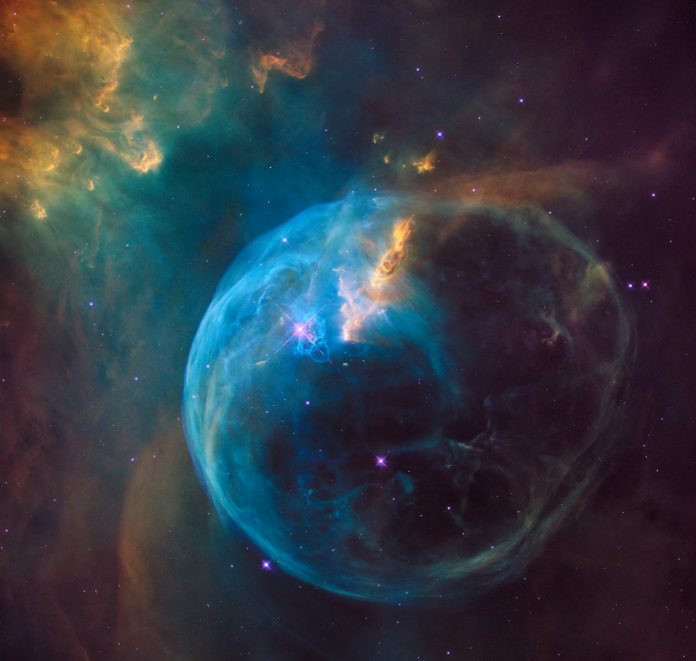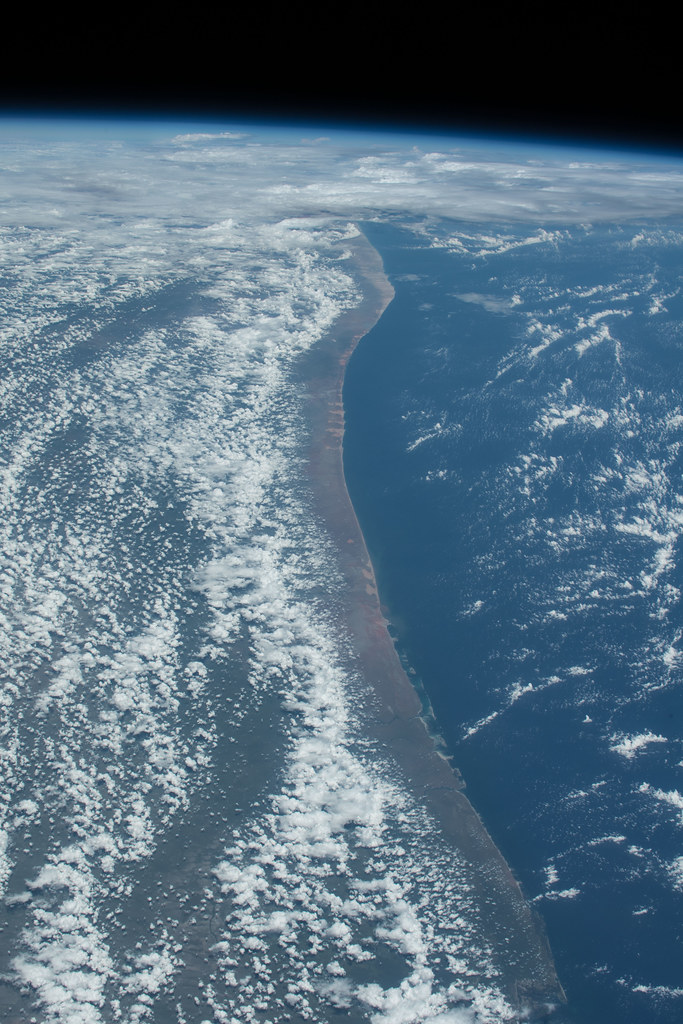
As the world’s spacefaring nations and commercial entities turn their gaze toward the Moon, the United States is forging ahead with plans to develop precise maps and a navigation system for cislunar space—akin to GPS on Earth.
This ambitious project is not merely scientific aspiration; it is a strategic move to facilitate future lunar operations and establish space domain awareness in the final frontier.
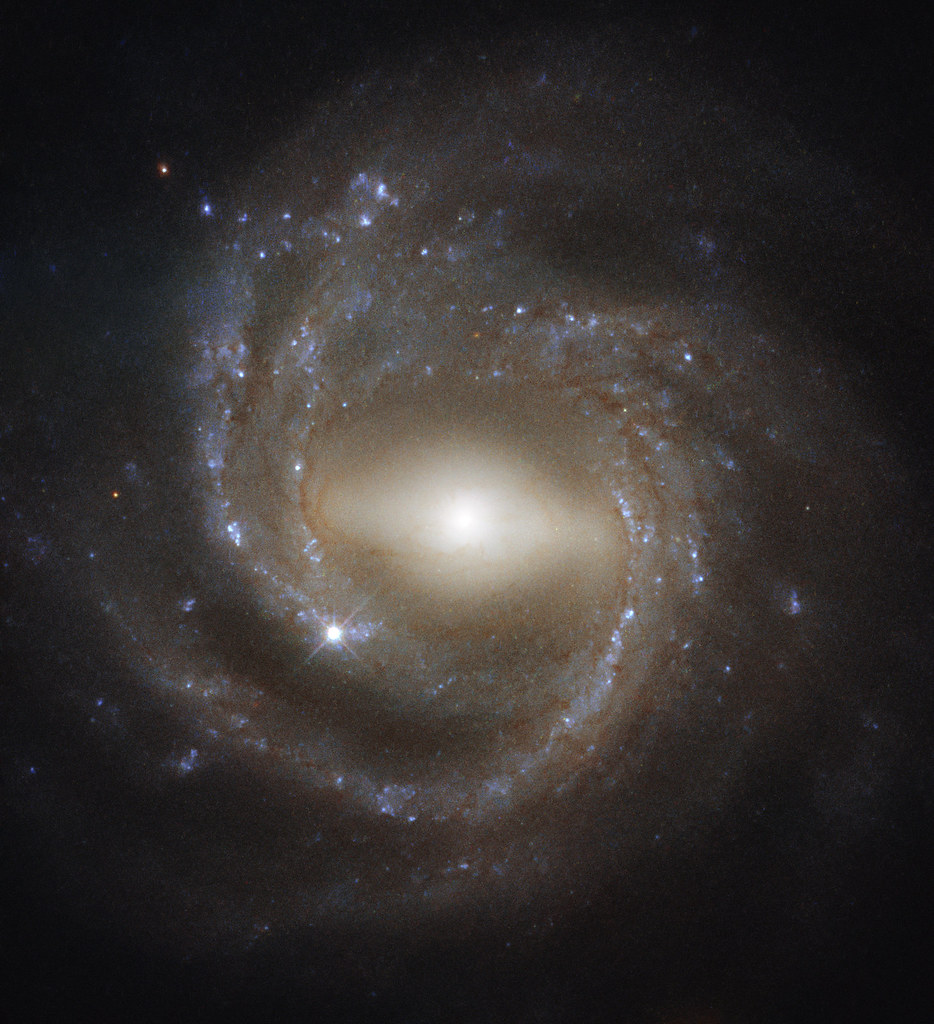
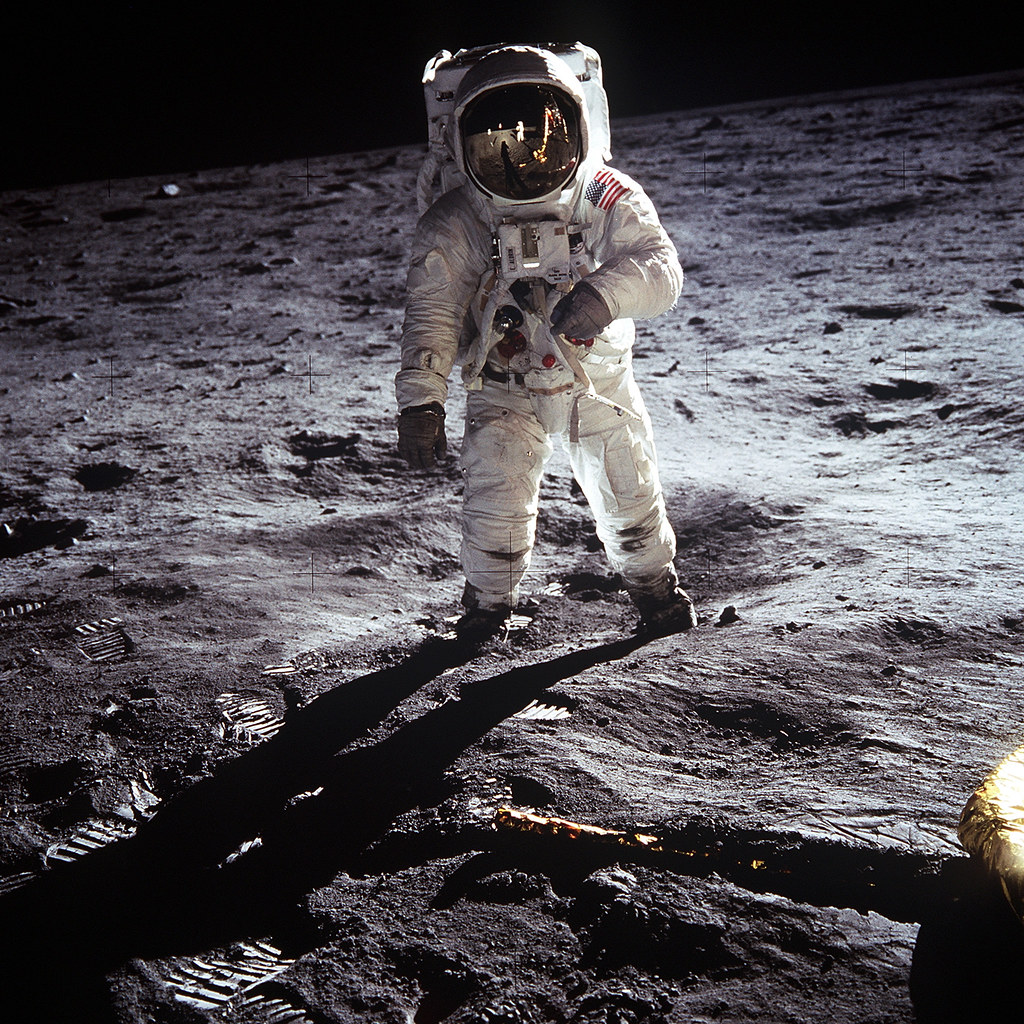
The call for better mapping of the Moon’s surface and subsurface comes from various U.S. agencies, including NASA, the Space Force, and the National Geospatial-Intelligence Agency (NGA), as they anticipate a more permanent human presence and potential resource extraction on Earth’s satellite. The latter’s director, Rear Adm.

Frank Whitworth, highlighted the initiative’s importance, saying, “It’s a big deal. We realized that we needed something that was the lunar equivalent of WGS 84.”

Indeed, NGA is collaborating with NASA and other agencies to create a lunar reference model akin to the World Geodetic System 1984 (WGS 84), which provides foundational data for positioning, navigation, and timing (PNT) on Earth. This system will enable future lunar travelers to navigate the Moon’s surface “as accurately and as safely as GPS does on Earth.”
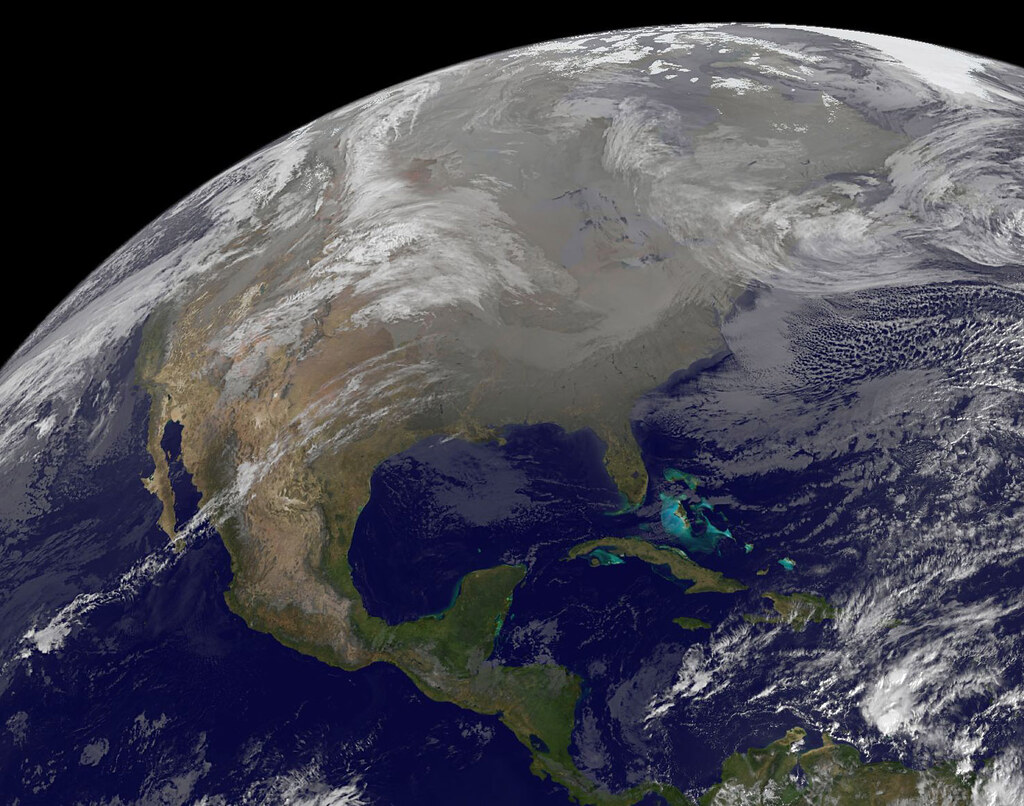
The challenges in developing this system are not insignificant. Unlike Earth, the Moon presents a unique gravitational environment due to the absence of an atmosphere, complicating the collection of necessary data. Moreover, measuring gravity in cislunar space is crucial for calibrating atomic clocks essential for PNT systems. Nikki Markiel, NGA’s senior GEOINT authority for geomatics, expressed the complexity of the task, considering the unique characteristics of cislunar space.
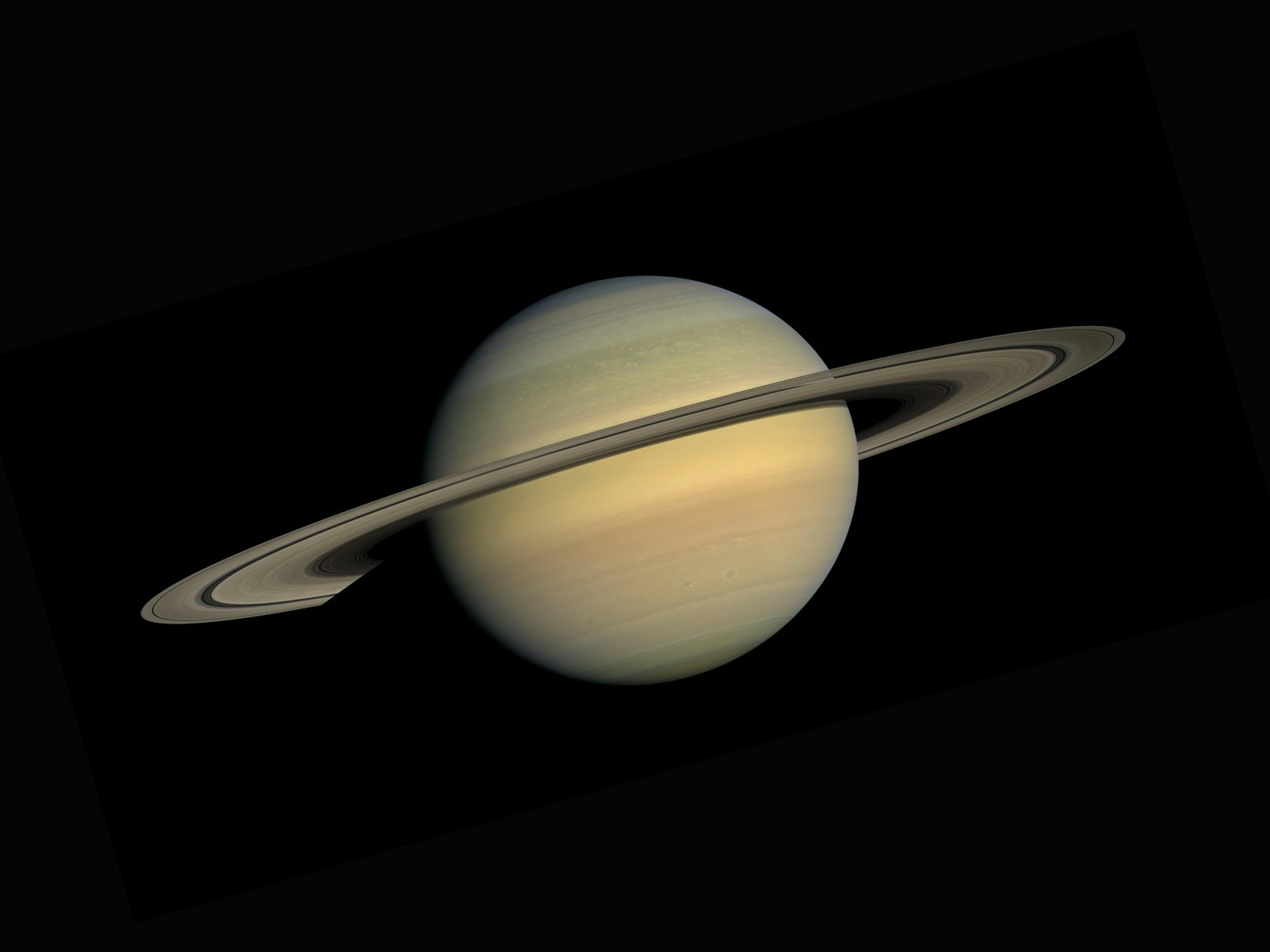
Still, the NGA is poised to support this cutting-edge endeavor.
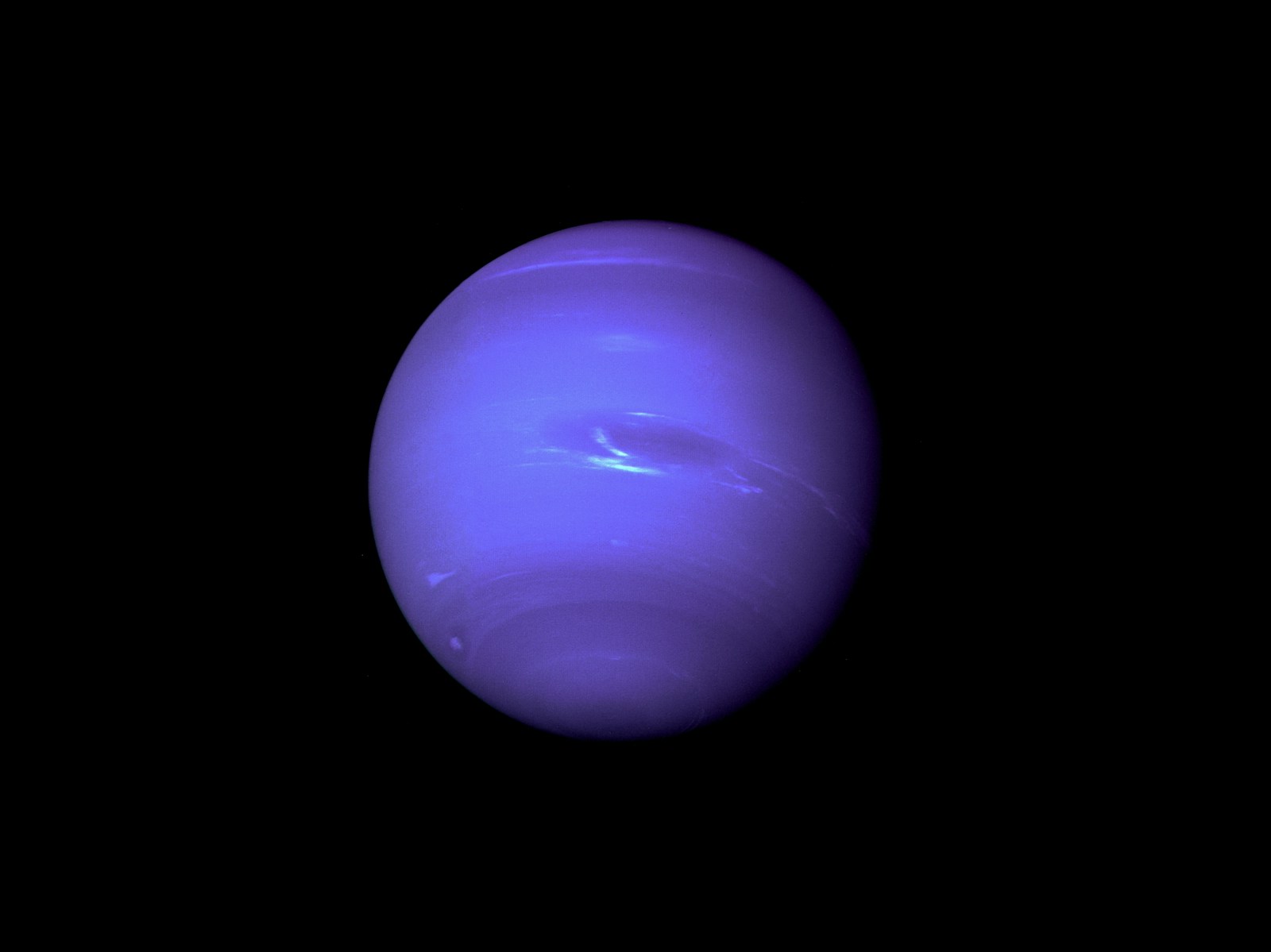
Its predecessor played a significant role in lunar mapping for the Apollo missions, and according to Whitworth, the NGA is eager to contribute to this new chapter of exploration, asserting, “And we’re not going to rush to failure on this one. We’re actually taking the right amount of time both with ourselves and academia and other communities to ensure that we do it right.”
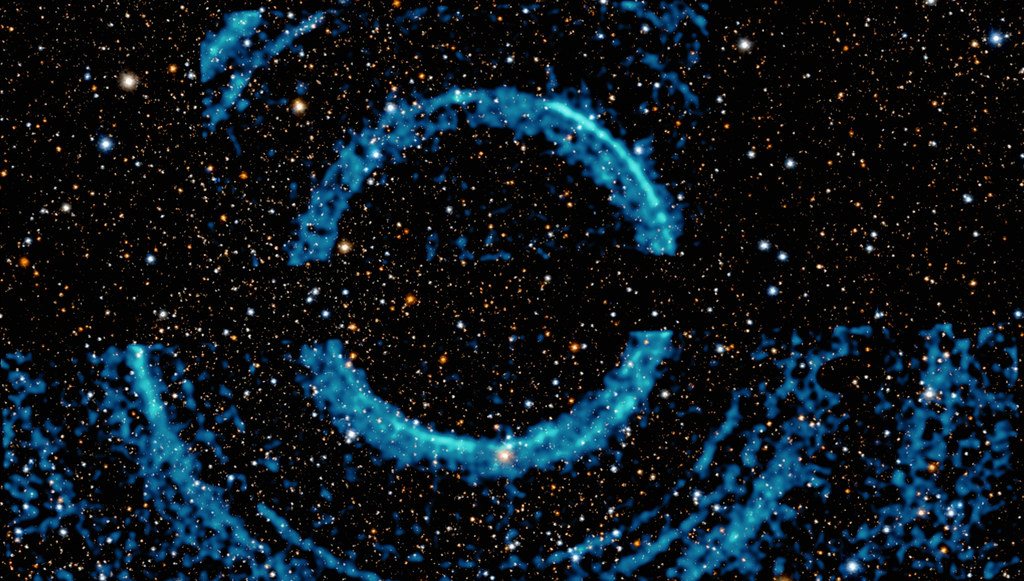
The development of a lunar PNT system is vital for the future of cislunar operations, as underscored by the Biden administration’s 2022 National Cislunar Science and Technology Strategy.
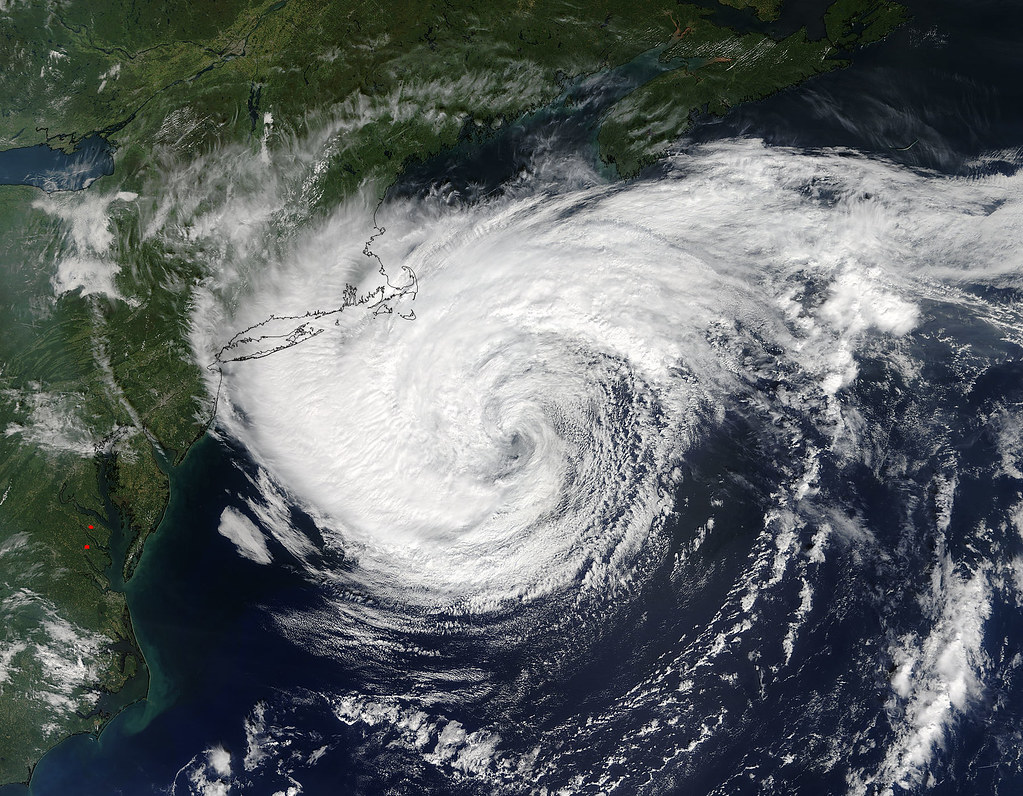
With the Artemis project aiming to return U.S. astronauts to the Moon and establish a sustainable presence, it becomes crucial to have an infrastructure to support these expeditions.
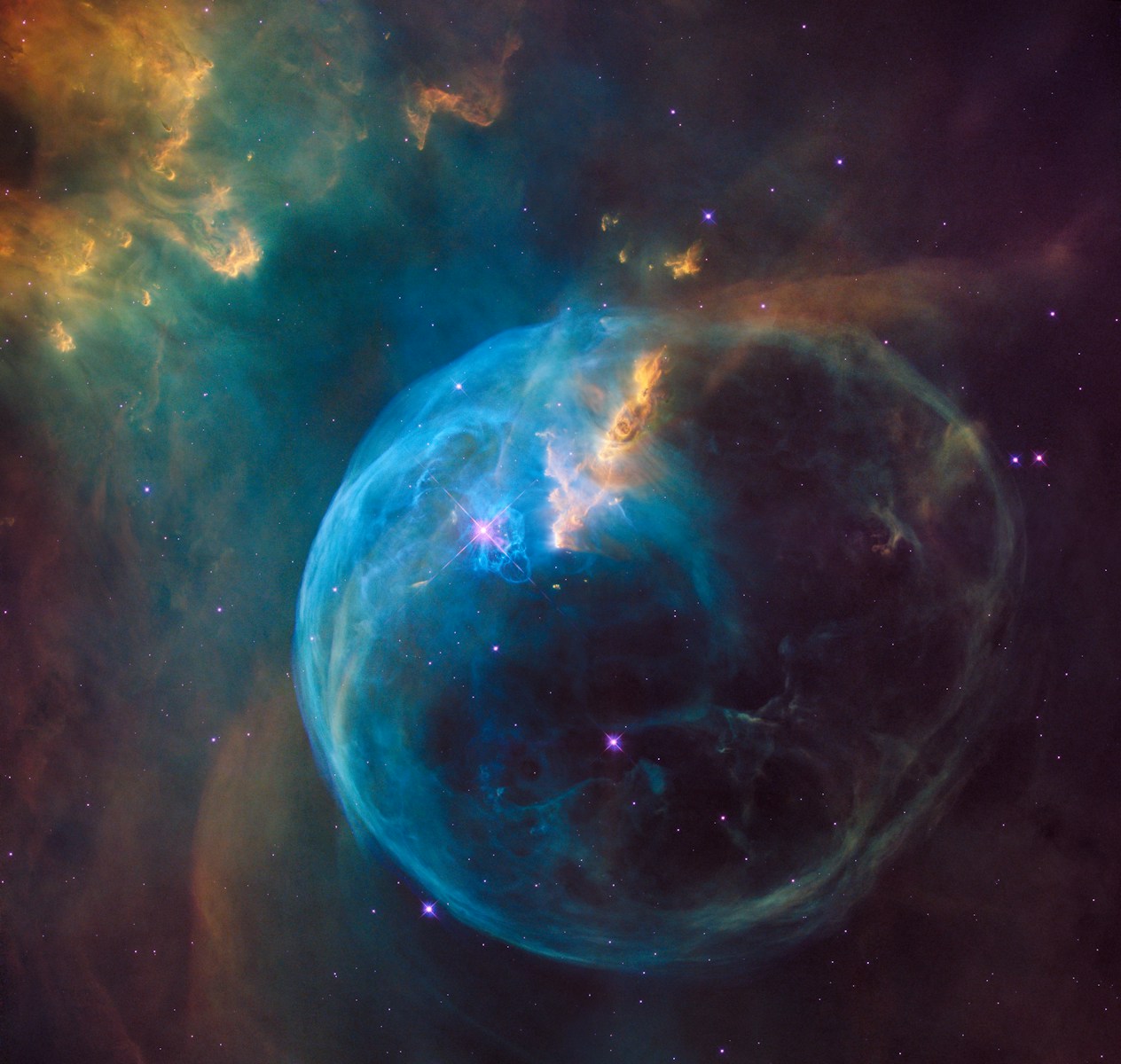
Additionally, the private sector is also working on lunar communications and navigation technologies based on NASA’s LunaNet architecture. This collective effort signifies a broader goal to support civil and military space operations beyond the Moon, as the NGA director envisions the lunar geodetic system “to be the first of many celestial body reference systems NGA will be tasked with in the years ahead.”
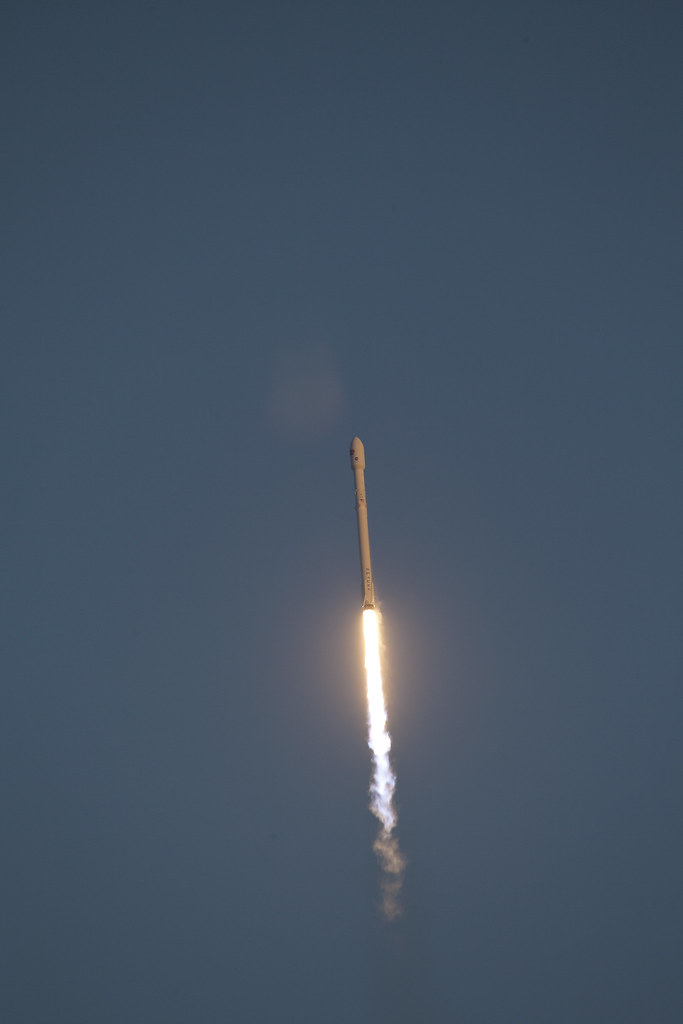
Exploration and dominion in cislunar space hold implications that transcend mere scientific interest. As nations like China assert their presence and potential military advantages therein, the strategic significance of mapping and navigation becomes clear. The NGA’s initiative reflects an acknowledgment of space as a domain where distinguishing “friendly from unfriendly behavior” is increasingly paramount.
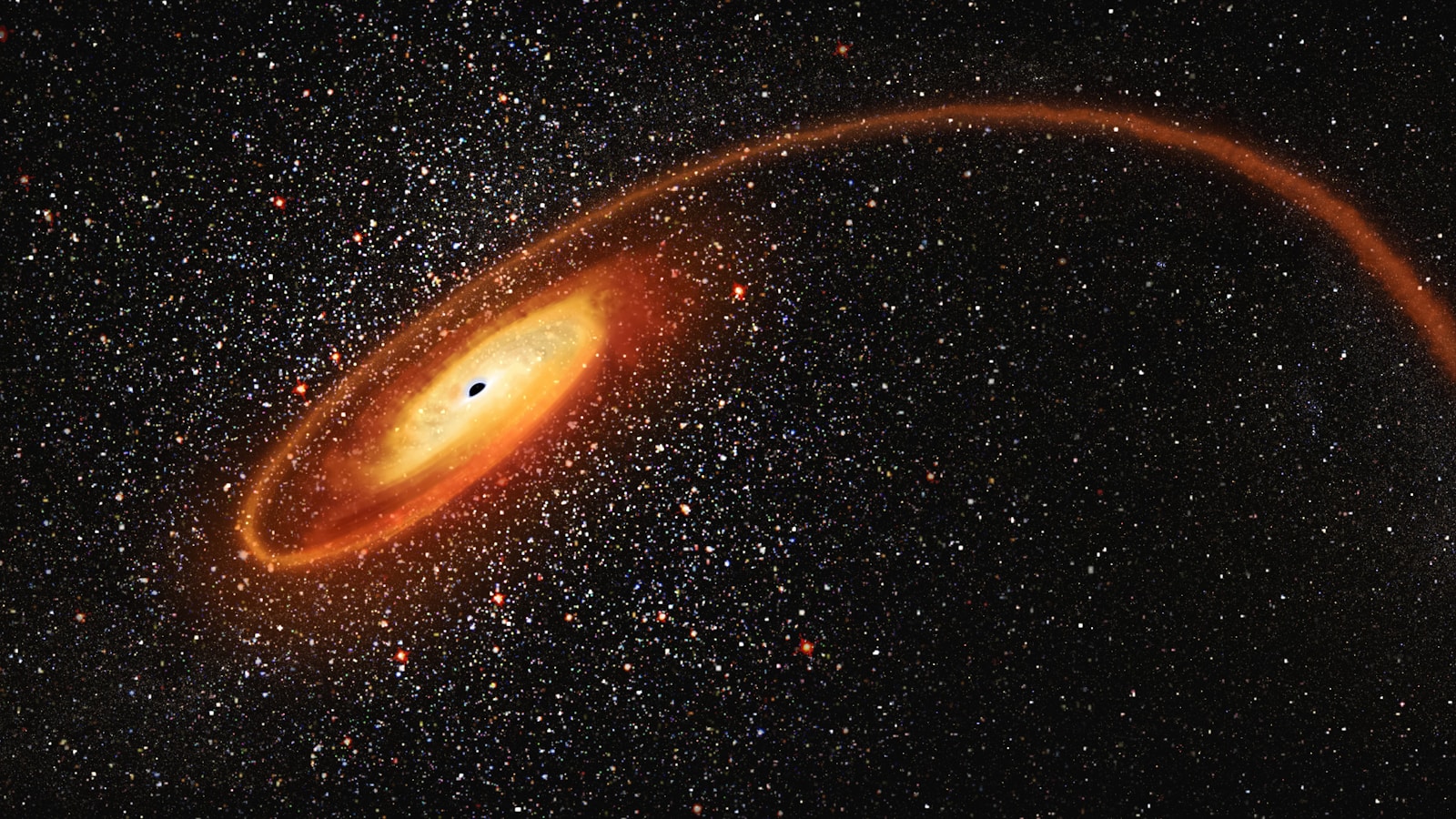
The drive to map the lunar geography and establish GPS for the Moon is part of a broader narrative where spacepower and space domain awareness are emerging as critical aspects of national security. It is a narrative where the race to establish a foothold in cislunar space is already underway, and the United States is keen to maintain its leadership through foresight and planning. As the cislunar space becomes the next giant leap for humankind, efforts today will lay the groundwork for tomorrow’s lunar enterprises and ensure that the celestial paths we carve are as navigable as those on our home planet.
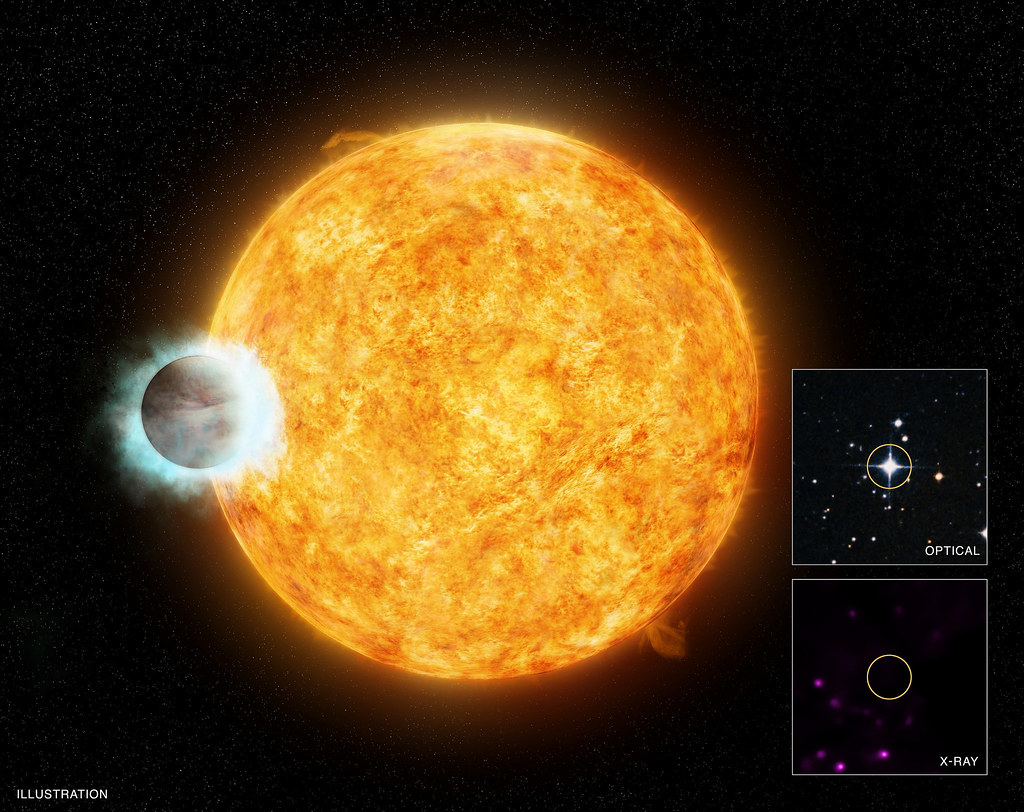
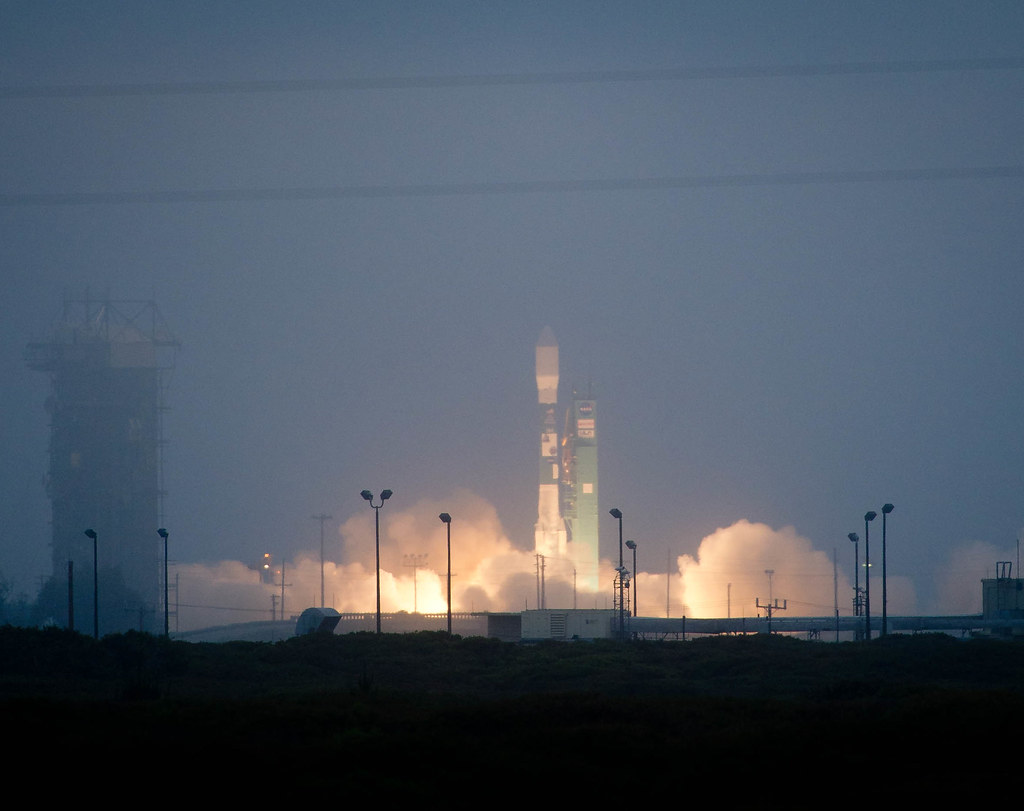
Relevant articles:
– Mapping the Moon: Future cislunar ops require better PNT, Breaking Defense
– NGA to map lunar geography to enable GPS on the moon, SpaceNews
– , The Aerospace Corporation
– Cislunar Spacepower The New Frontier, Space Force Journal
